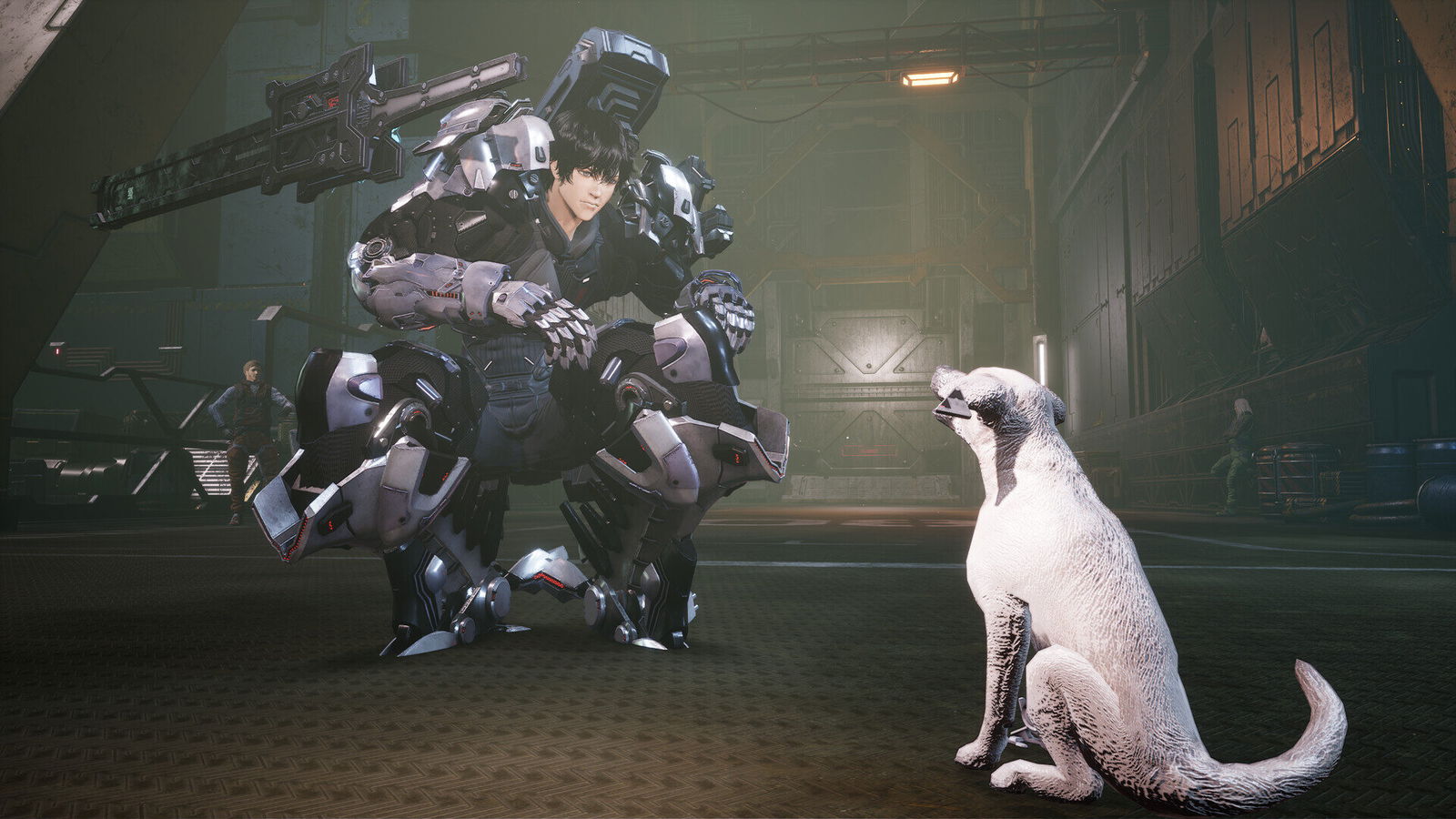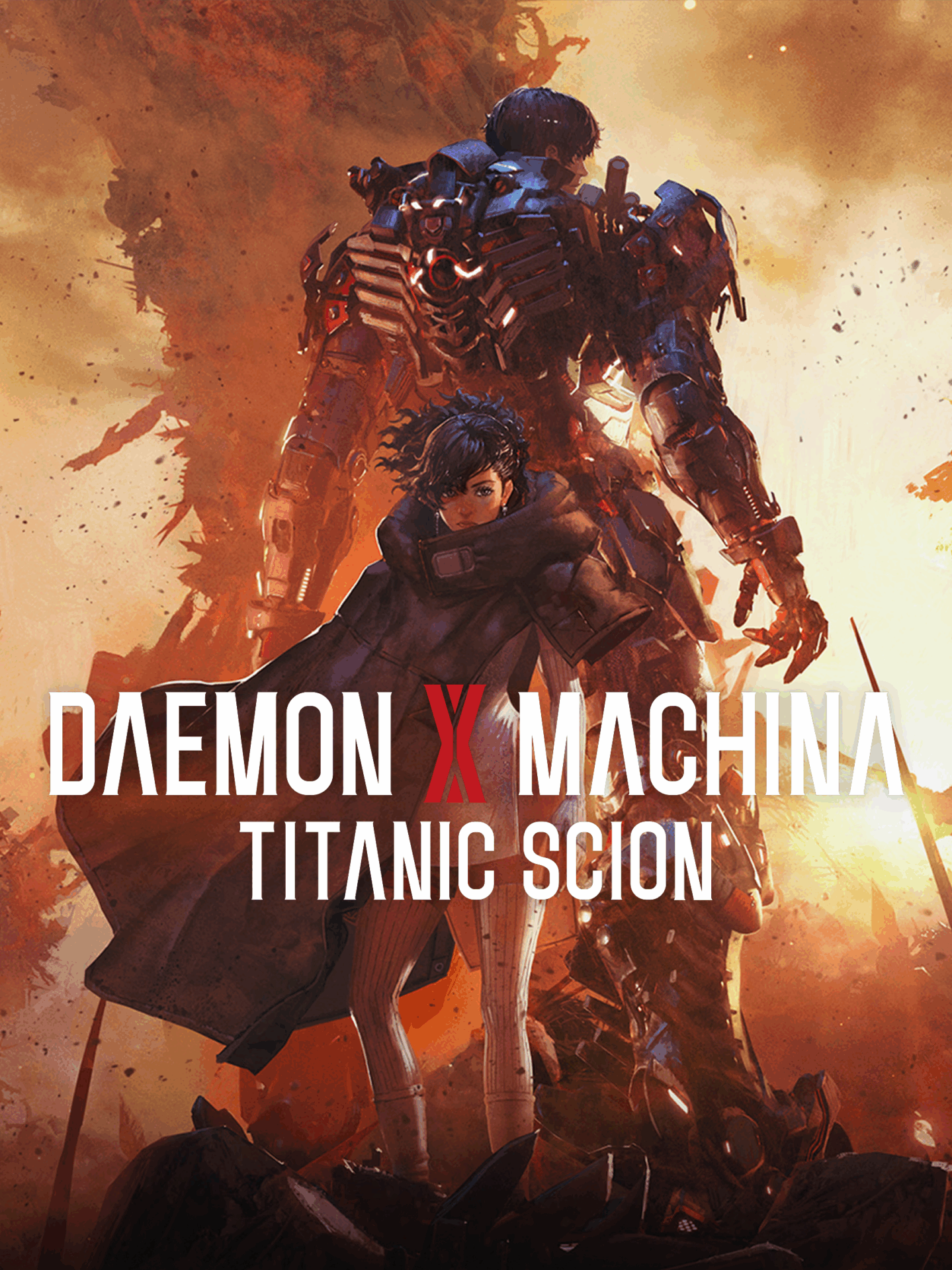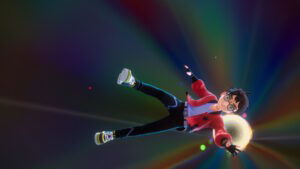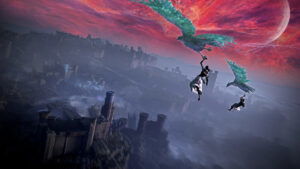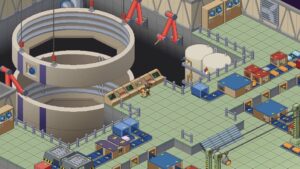When I initially previewed Daemon X Machina: Titanic Scion naught by a month ago, I enjoyed my experience with it on PC, but the thing I was far more interested in was its Nintendo Switch 2 counterpart. While I had no doubts it would be good on practically every console, the way its predecessor was initially pitched as a showcase of the Nintendo Switch had me more interested to see how the sequel would fare on Nintendo’s Switch successor.
In some ways, Daemon X Machina: Titanic Scion is a pretty incredible showcase of what the Switch 2 is capable of—managing to maintain a consistent level of quality for this expanded sequel. However, much like its predecessor, there are enough cracks in the foundation to reveal that, despite being a significantly more powerful system, the Switch 2 still has its limits.
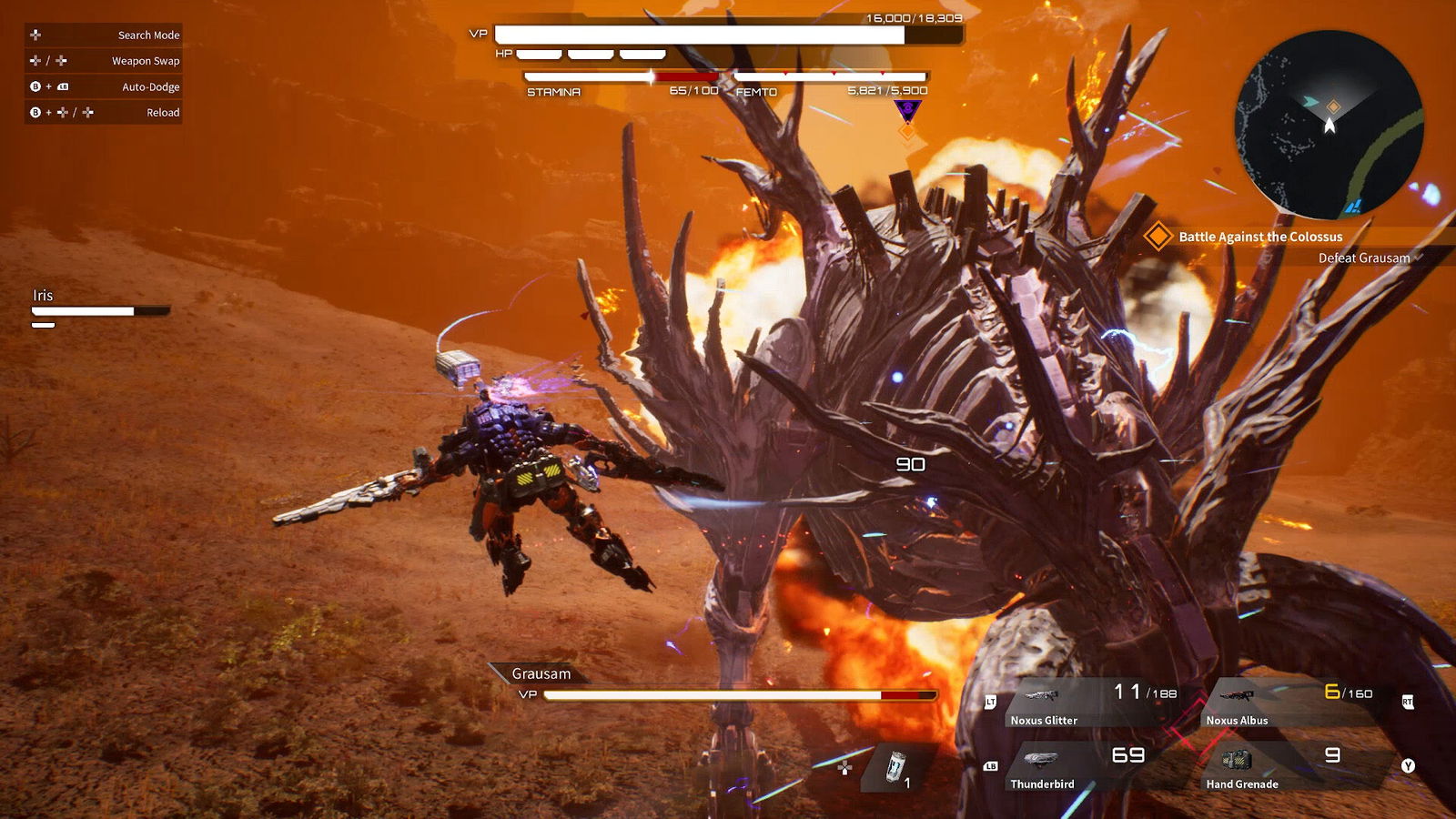
The story of Daemon X Machina: Titanic Scion takes a slightly different direction from its predecessor. What stands out immediately is the game’s opening—a Blade Runner-esque text crawl that vaguely references the previous title. It’s written so ambiguously, in fact, that it could be mistaken for the history of an entirely new, standalone game.
“In some ways, Daemon X Machina: Titanic Scion is a pretty incredible showcase of what the Switch 2 is capable of—managing to maintain a consistent level of quality for this expanded sequel.”
The game begins with the player character, an Outer, and their friend Nerve attempting to escape their orbital sanctuary, known as the Garden, after learning that Outers are essentially being harvested for parts. Following an unwinnable battle against a powerful foe, Nerve sacrifices himself to save the player. The player is then blasted out of orbit by cannon fire and crashes onto the planet below, retaining only their Arsenal battle suit.
From there, the player must work alongside local Reclaimers by fighting in the Colosseum and completing missions. Their goal is to battle their way back to the Garden to rescue their friend—and potentially save all other Outers.
Where Daemon X Machina: Titanic Scion truly differs from its predecessor is in how much more personal its story feels. While the game retains high-stakes, world-altering themes, it delivers a more emotionally resonant experience. Players are not only fighting to survive in a hostile world, but also striving to save a lost friend and protect a new community they come to rely on.
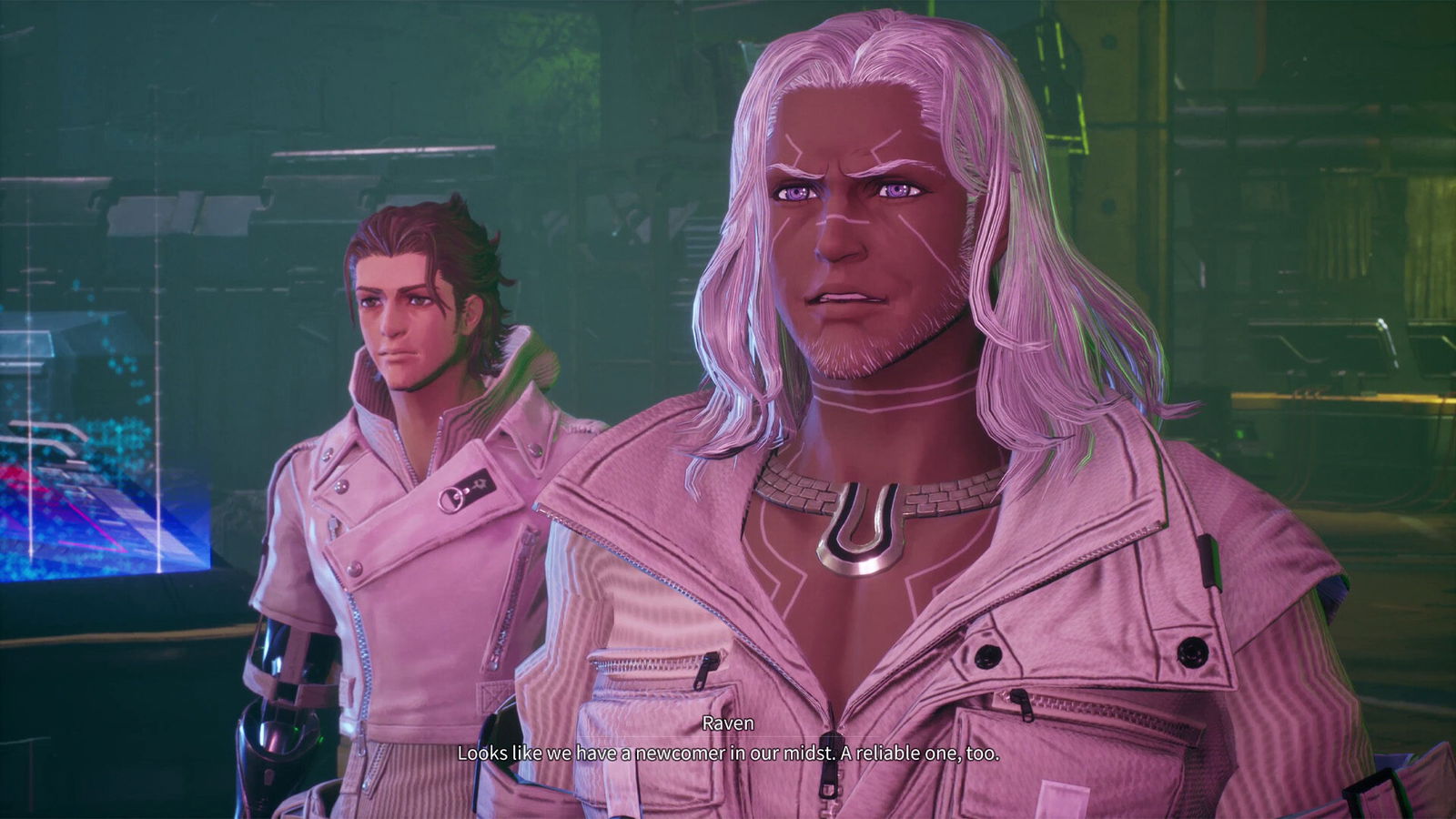
I touched on it extensively during my preview, but I’ll reiterate it here: gameplay in Daemon X Machina: Titanic Scion blends fast-paced action with deep customization. While it retains much of the DNA of its predecessor, the combat now takes place closer to the ground. In that preview, I said: “If Daemon X Machina was comparable to Armored Core, then I’d say Daemon X Machina: Titanic Scion is closer to Xenoblade Chronicles X.” I still believe this is the most accurate comparison.
The game adopts an open-world RPG structure, giving it a broader sense of scale. It also introduces a more eclectic, occasionally silly cast of characters, whom players will either take quests from or interact with during missions. Despite its darker tone, the game never takes itself too seriously, maintaining a sense of fun throughout. Combined with intense, highly customizable combat, it delivers an experience that’s both deep and absurdly enjoyable.
Visually, Daemon X Machina: Titanic Scion builds on the strong stylistic foundation of its predecessor, but with a more extreme, eccentric flair. The new Arsenals feature striking designs and offer players unique ways to express their individuality. Animations are quicker and more fluid, enhancing the sensation of flying across the battlefield like a rocket-powered samurai wielding a machine gun.
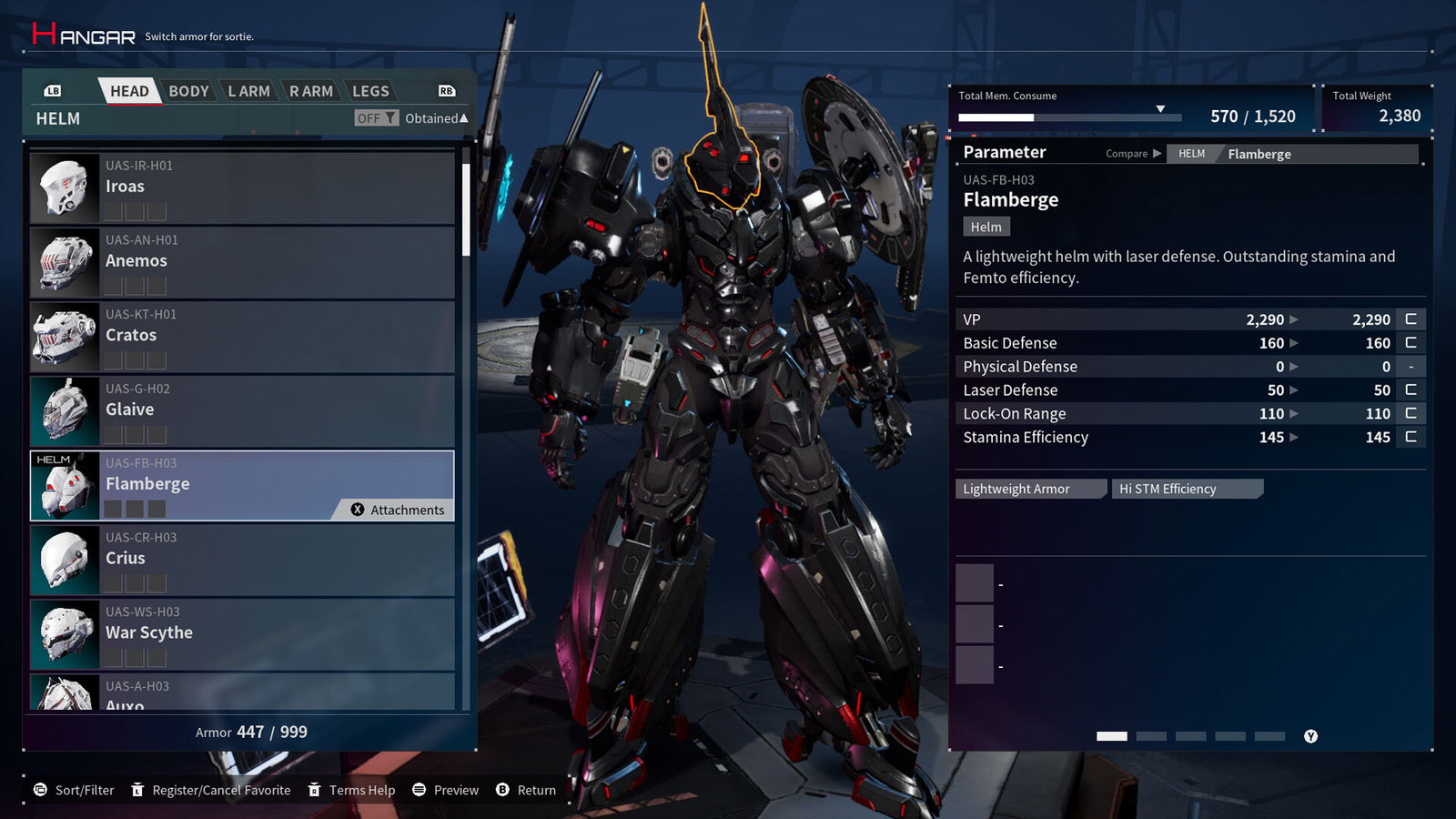
The audio only enhances the experience, layering an intense metal soundtrack over nearly every moment and amplifying each battle with crunchy guitar riffs and soaring solos. Much like Xenoblade Chronicles X, it’s a soundtrack so over-the-top that it almost shouldn’t work—yet somehow, it pulls you in even further.
“Daemon X Machina: Titanic Scion is a fantastic follow-up to the first game—managing to be both similar and incredibly different at the same time.”
My only real issue with Daemon X Machina: Titanic Scion lies in its performance and presentation on the Switch 2 hardware. Perhaps I set the bar too high after previewing it on my Alienware 16, but I was disappointed to see the game struggle to maintain a consistent 60 frames per second while docked, and appearing to run at just 30 fps in handheld mode. Despite the Switch 2’s improved resolution, textures often looked grainy, and there was a frustratingly noticeable amount of pop-in at surprisingly short draw distances.
For a game positioning itself at $10 (CAD) less than Donkey Kong Bananza, I expected something a little more refined—especially given the supposed new power under the Switch 2’s hood. That’s not to say it runs poorly or isn’t worth having on a portable console like the Switch 2. But with the newly increased price point for games, I’m beginning to expect a correspondingly increased level of effort when it comes to optimization.
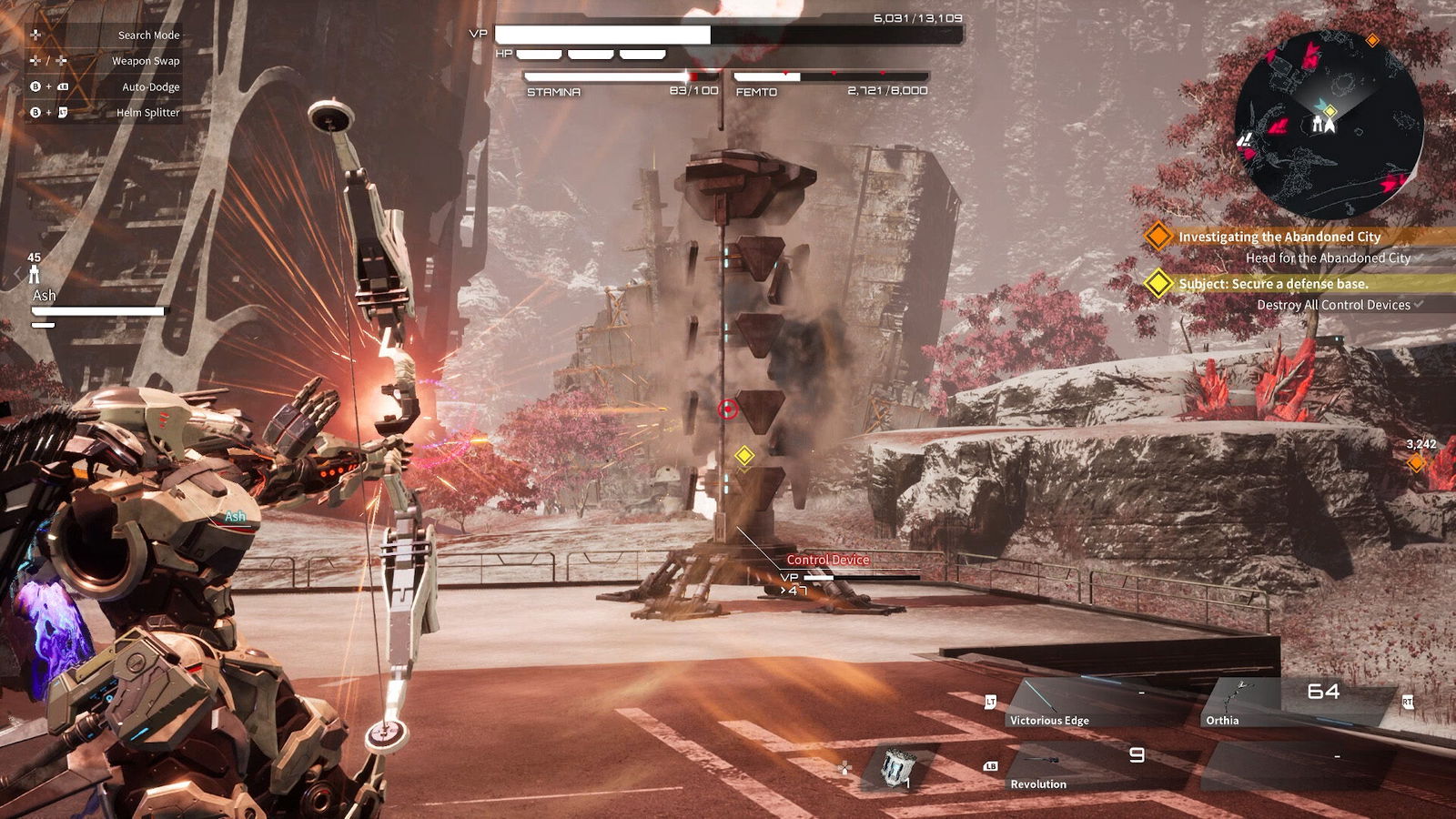
That being said, Daemon X Machina: Titanic Scion is a fantastic follow-up to the first game—managing to be both similar and incredibly different at the same time. While it might not perform as well as I would’ve expected on Switch 2, I still think it’s a pretty incredible game to have on a portable console. Given the extensive post-game patching the original received on Switch 1, there may still be hope for this game to run as well as several others on the system.
